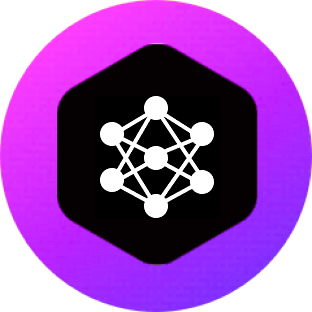Introduction
The concept of a learning curve is crucial in understanding how performance improves with practice or exposure. Whether it's about onboarding a new developer, optimizing a model, or evaluating team velocity over time, the learning curve helps visualize and quantify improvement.
This entry outlines theory behind learning curves and demonstrates how to apply it to real-world scenarios in software development and machine learning.
What is a Learning Curve?
A learning curve is a graphical representation that shows how an increase in learning (measured on the x-axis, often via experience or time) leads to an improvement in performance (measured on the y-axis, such as error rate or execution time).
Historically, the term originated from Hermann Ebbinghaus’s work on memory. In modern tech contexts, learning curves are used to analyze everything from onboarding speed to model accuracy over time. A common form of the learning curve is: Y = aX^b
Where:
- Y = time or cost to produce the Xth unit
- a = time or cost of the first unit
- X = cumulative number of repetitions or units
- b = learning rate exponent (typically negative)
In practice, as X increases, Y decreases—indicating that performance improves with repetition.
Offtopic: London based Charlie Perry a.k.a Common Saints produces his music all by himself: vocals, instruments, production. A full stack learning genius.
Types of Learning Curves
1. Linear Learning Curve
2. Diminishing Returns
3. S-Curve
4. Complex Curve
Applications
Developer Onboarding
When new developers join a team, their productivity typically follows a learning curve. Understanding this helps managers structure mentorship, training, and early tasks to align with expected capacity over time.
Feature Rollouts and Framework Adoption
When teams adopt a new CI/CD framework or monitoring tool, there’s a performance dip followed by a gradual recovery. Teams that account for this curve (e.g., allocating buffer time or pairing experts with beginners) reduce long-term friction.
ML Applications
Use Case: Evaluating Model Performance
We can plot the training and validation scores as a function of the training set size. This helps diagnose:
- High Bias: Both curves converge but at low performance → underfitting.
- High Variance: Training curve high, validation curve low → overfitting.
Example: Scikit-learn Learning Curve Plot
We use the learning_curve utility from sklearn.model_selection.
from sklearn.model_selection import learning_curve
from sklearn.ensemble import RandomForestClassifier
from sklearn.datasets import load_digits
from sklearn.model_selection import ShuffleSplit
import matplotlib.pyplot as plt
X, y = load_digits(return_X_y=True)
estimator = RandomForestClassifier()
cv = ShuffleSplit(n_splits=5, test_size=0.2, random_state=0)
train_sizes, train_scores, test_scores = learning_curve(
estimator, X, y, cv=cv, n_jobs=-1,
train_sizes=[0.1, 0.25, 0.5, 0.75, 1.0]
)
train_scores_mean = train_scores.mean(axis=1)
test_scores_mean = test_scores.mean(axis=1)
plt.figure()
plt.plot(train_sizes, train_scores_mean, 'o-', label="Training score")
plt.plot(train_sizes, test_scores_mean, 'o-', label="Cross-validation score")
plt.xlabel("Training examples")
plt.ylabel("Score")
plt.title("Learning Curve: Random Forest on Digits Dataset")
plt.legend(loc="best")
plt.grid()
plt.show()Learning curve comparing training vs validation accuracy
Use Learning Curves for Workflow Improvement
- Model Diagnostics
- Use learning curves to detect underfitting or overfitting.
- Determine if collecting more data is likely to help.
- Team Productivity Analysis
- Plot output velocity (e.g., features shipped) vs. sprint number.
- Use historical learning curves to estimate onboarding ramps.
- Tool Adoption
- Before deploying a tool org-wide, pilot with one team.
- Model expected curve from initial rollout to full proficiency.
Best Practices
- Always pair learning curves with qualitative insights.
- Regularly re-evaluate the curve as conditions change (e.g., new team composition, architecture).
- Use historical benchmarks to set realistic expectations for adoption and scaling.
Conclusion
Understanding learning curve theory equips you with a lens to evaluate and forecast performance improvements—whether you’re training models, scaling engineering teams, or planning infrastructure changes. Applying the theory thoughtfully helps optimize both human and machine systems for long-term gains.


